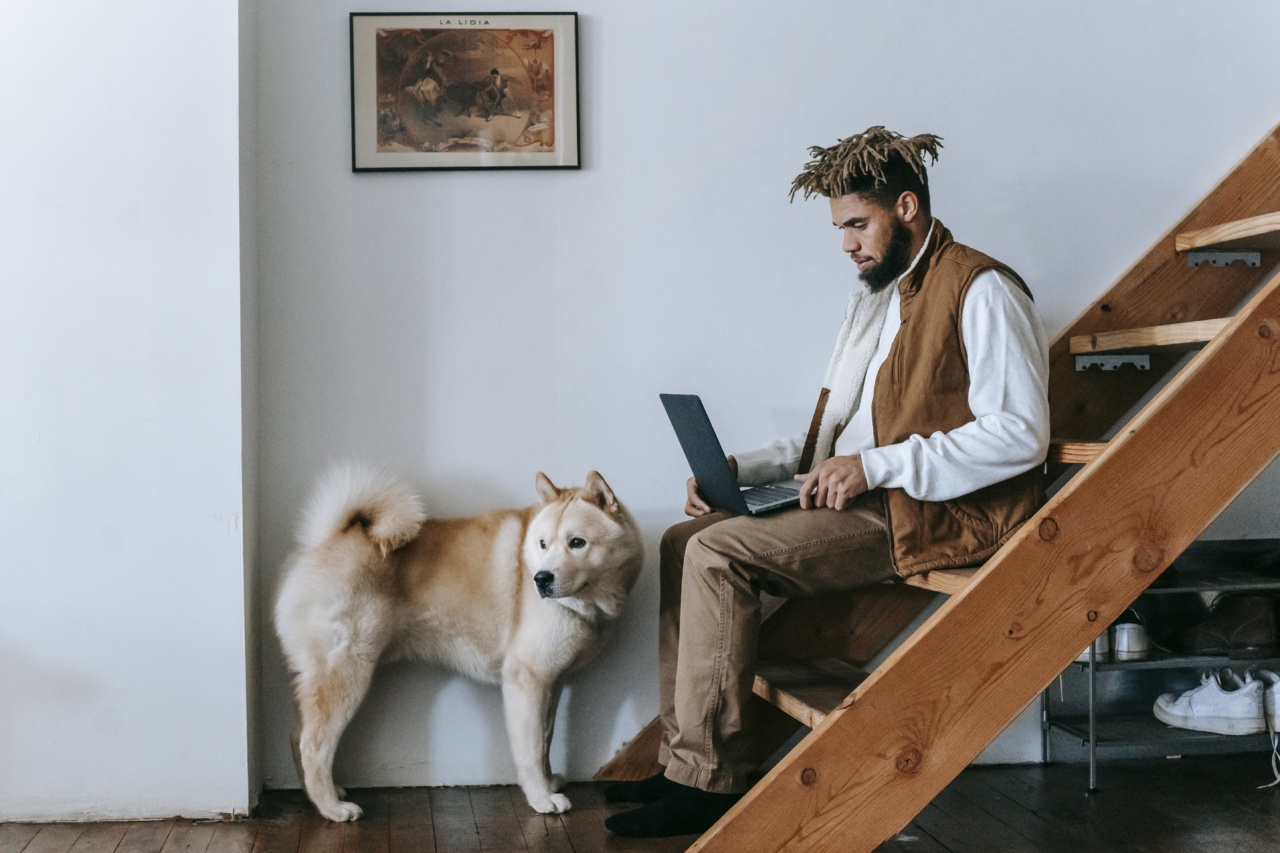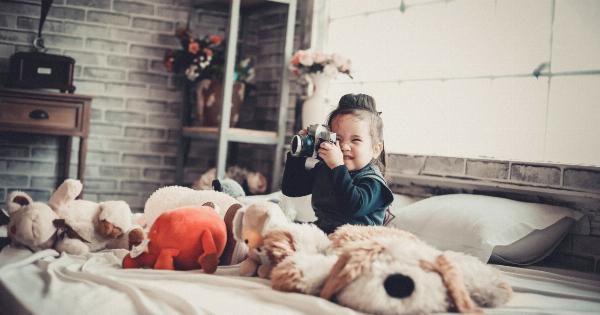As dog owners, we want our furry companions to be friendly and confident in the company of other people and dogs.
This requires proper socialization, which is the process of introducing your pet to various sights, sounds, smells, and experiences in a positive way so they can learn to be comfortable in different situations.
Why Is Socialization Important?
Dog socialization plays a crucial role in shaping their behavior and personality. A well-socialized dog tends to be friendlier, more confident, and less prone to fear, anxiety, or aggression than an unsocialized one.
It also helps to prevent behavioral problems such as biting, barking, chewing, or digging.
In addition, socialization can help your dog adapt quickly to new environments, people, and animals. This is especially useful if you plan to travel with your pet, move to a new home, or visit unfamiliar places.
A well-socialized dog can also enjoy more opportunities to interact with other dogs, participate in dog sports, or attend events or classes.
When to Start Socializing Your Dog?
The ideal time to start socializing your dog is between 3 and 14 weeks of age. During this critical period, puppies are more open to new experiences and less fearful of new stimuli than later in life.
They are also more receptive to positive reinforcement and less likely to form negative associations with the things they encounter.
If you adopt an older dog that has not been socialized, you can still help them to overcome their fears and learn to trust people and other dogs. However, this process may take longer and require more patience and persistence than socializing a puppy.
How to Socialize Your Dog?
Here are some tips on how to socialize your dog:.
1. Expose your dog to various stimuli
The first step in socializing your dog is to expose them to different sights, sounds, smells, and textures in a controlled and positive way. This can include:.
- Other dogs of different ages, breeds, sizes, and temperaments
- People of different ages, genders, and appearance (e.g., hats, glasses, beards)
- Noises and objects (e.g., cars, vacuum cleaners, balloons, umbrellas)
- Surfaces and environments (e.g., grass, sand, water, elevators, stairs)
Start with mild stimuli and gradually increase the level of intensity as your dog becomes comfortable. Use treats, toys, and praise to reward good behavior and encourage your dog to approach and investigate new things.
2. Provide positive reinforcement
Positive reinforcement is a key element of socializing your dog. Whenever your dog displays a desired behavior (e.g., being calm, friendly, curious), reward them with treats, toys, or praise.
This will help your dog form positive associations with the things they encounter and motivate them to repeat the behavior in the future.
Avoid punishing or scolding your dog for being fearful or aggressive, as this can worsen their anxiety and erode their trust in you. Instead, redirect their attention to something positive or remove them from the situation if they are overwhelmed.
3. Gradually increase the level of challenge
As your dog becomes more comfortable with new stimuli, gradually increase the level of challenge by introducing them to more challenging situations. For example, if your dog is fine with meeting one friendly dog, try meeting two or more dogs at once.
If your dog is comfortable with walking on a leash, try taking them to a crowded or noisy area.
However, be mindful not to overwhelm your dog and always provide a safe and positive environment. If your dog shows signs of stress or discomfort, take a step back and reassess the situation.
4. Enroll in puppy classes
Puppy classes are a great way to socialize your dog and learn basic obedience skills at the same time. These classes usually involve supervised playtime, interaction with other puppies and people, and training exercises such as sit, stay, and come.
They can also provide valuable support and advice from experienced trainers and fellow dog owners.
5. Make socialization a lifelong process
Socialization is not a one-time event, but a lifelong process that requires ongoing practice and reinforcement.
Even after your dog has learned to be comfortable in various situations, it’s important to continue exposing them to new experiences and providing positive reinforcement. This will help to maintain their confidence and sociability and prevent them from regressing to old habits.
Conclusion
Socializing your dog is one of the most important responsibilities of a dog owner.
By exposing your dog to various stimuli, providing positive reinforcement, gradually increasing the level of challenge, enrolling in puppy classes, and making socialization a lifelong process, you can help your furry friend become a confident, friendly, and well-adjusted companion.






























